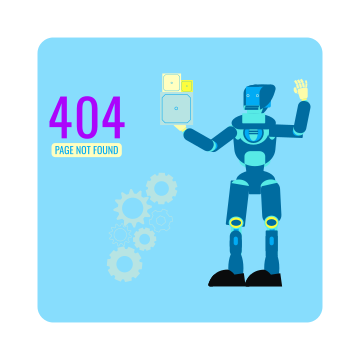As requirements experts, we talk a lot about turning end-user needs into functional requirements – those requirements that describe ‘what’ the application will do for users to deliver value to the business.
But do those items constitute the entire set of requirements?
Not even close.
A successful project also relies on non-functional requirements to describe ‘how well’ the application functions (i.e. how fast, how reliably, how usable, and so on). In fact, non-functional requirements are an essential part of a successful project delivery. They are just as important as the application’s functionality, ensuring the application operates with the ‘qualities’ the business needs.
So how does one go about defining, implementing and evaluating non-functional requirements for their own projects?
What are Non-Functional Requirements?
Think of non-functional requirements as constraints, quality attributes, quality goals or quality of service requirements for a software system – such as performance, reliability, security or maintainability standards
Non-functional requirements cover a variety of areas, including:
- Performance Requirements – Time/Space Bounds present limits for workloads, response time, available storage space or capacity – such as a certain number of transactions processed per second.
- Reliability Requirements – These requirements can make sure that system components are available and up-to-date, that information is correctly stored and constantly communicated to the system, and that a set amount of downtime is not exceeded within a specified time frame.
- Security Requirements – These define who has access to the various components and information within the application.
- Operating Requirements –Operating requirements may consist of team members’ availability and skill levels, accessibility for system maintenance, physical constraints and environmental conditions.
- Lifecycle Requirements – When building and implementing a new project, the team should always be looking to the future. Looking ahead, non-functional requirements play a key role determining the ease of maintenance, future enhancements, market changes and the lifespan of the product. Limits on development may also be considered, such as time limitations for development, availability of resources, and methodological standards
- Economic Requirements – Be realistic about what the entire project will cost and if there are, or will be, long-term costs that you might not have considered.
Overall, non-functional requirements impact a system’s functionality and they should be tested to make sure each feature works as it should.
Difficulties Implementing Non-Functional Requirements
Non-functional requirements are necessary and effective, but that doesn’t mean they come without challenges. To the contrary, we too often find that non-functional requirements are:
- Difficult to Model – Non-functional requirements vary so much that they lack a consistent method of representation. Without that consistency, they are usually modelled for each specific project.
- Casually-Stated –Many times, the need for a non-functional requirement comes from a nonchalant statement by a user or other stakeholder. It is imperative that stakeholders and project managers clearly communicate and identify what is most important to the project’s overall success. No assumptions allowed.
- Hard to Measure –Non-functional requirements have the capacity to be indefinite, making them difficult to evaluate. Testing methods must then be developed to assess these variable attributes.
Getting the Most Out of Your Non-functional requirements
So non-functional requirements cover a variety of qualities and can be difficult to implement. How do you then define them for maximum effectiveness?
Properly defined Non-functional requirements have four main characteristics, they should be:
- Bounded –They may be completely irrelevant if they do not have limits on their scope.
- Independent –They should be independent of each other so that they don’t impact other parts of the system when being tested.
- Negotiable –There must be some degree of flexibility when incorporating non-functional requirements business drivers with bounded context.
- Testable –Every non-functional requirement should have finite, testable criteria.
Tackling the Challenges of Non-Functional Requirements
Leave the challenges to Blueprint. We are experienced in the details of non-functional requirements so you don’t have to be. We’ll turn your challenges into achievements with just a phone call.
For more information on how Blueprint can help you implement non-functional requirements into your own systems – contact us at 1-866-979-2583 (BLUE) or visit https://www.blueprintsys.com






